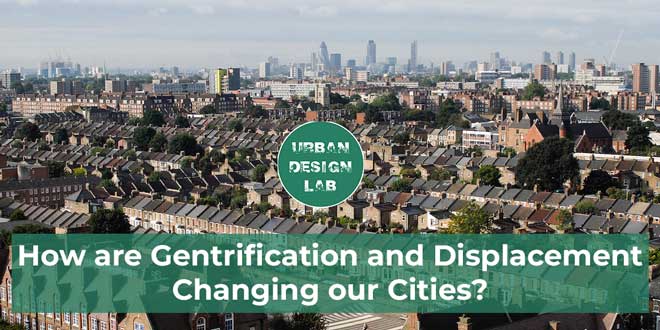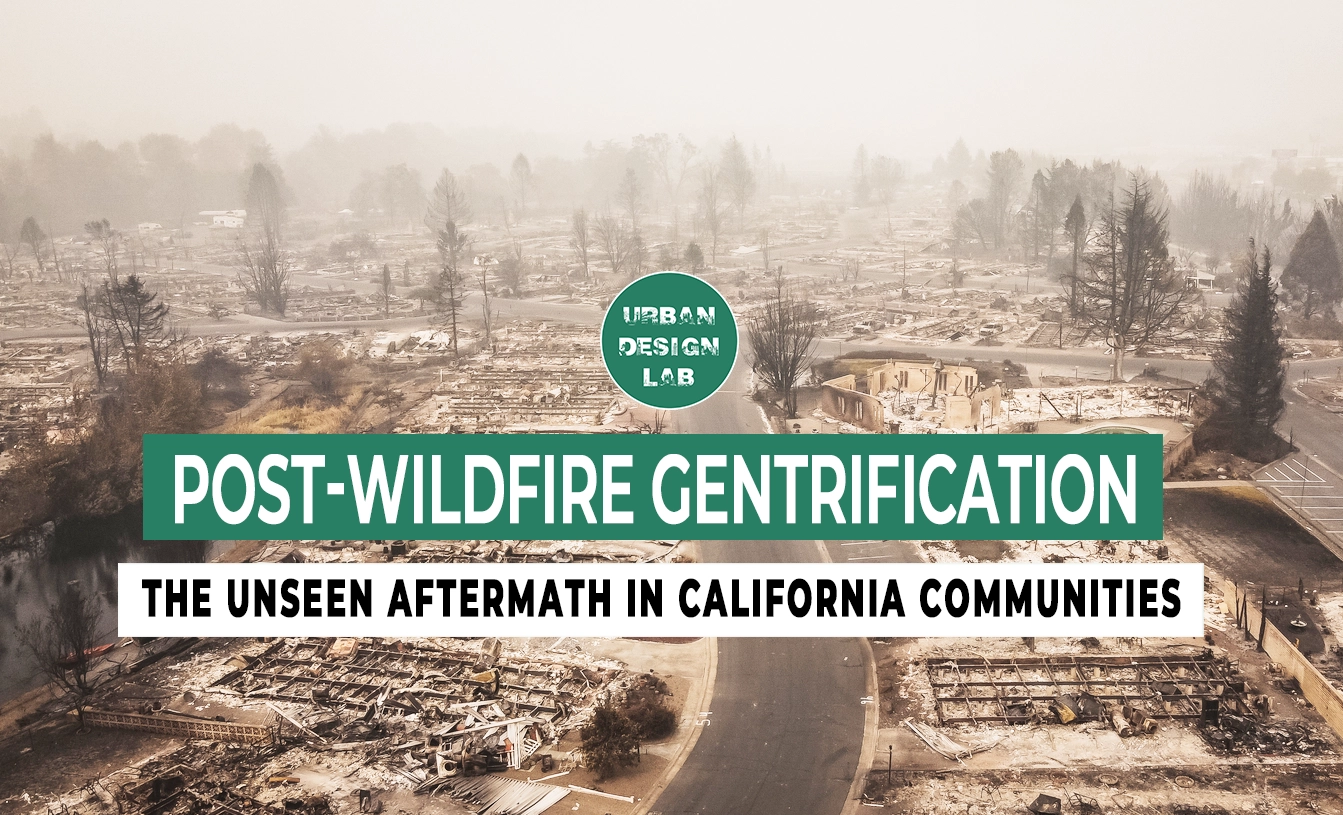
What is the difference between a city and a town?

Understanding how a city is different from a town is not merely about stating the population sizes. It is a much more complex. While there is no universal definition to differentiate between the two, few distinctions can be made out.
Before getting into the concept of the two, it is important to understand the importance of urban areas and the rate at which urbanisation is taking place. Understanding the modern trends in the urbanization that is likely to unfold over recent years is critical. Not going too far and looking into the projections of the near future, i.e., by the year 2030, it is estimated that every three people would be living in the urban area with at least half a million inhabitants and globally, urban areas would be 60 per cent. In 2018, 1.7 billion people which forms 23 per cent of the world’s population, lived in a city with at least 1 million inhabitants. It has been predicted that by the year 2030, 28 per cent of the people globally will concentrate in cities with at least one million inhabitants.
What is a city?
In simpler words, a town of significant size with self – government is termed as a city. The term has been derived from the French word cite which was earlier derived from the Latin word “civitatum” meaning “citizenship”. City is relatively of greater size than a town or a village and a more organised center of population. The number of cities with high population concentration has tremendously increased over the years. It is predicted that by 2030, 706 cities will have 1 million residents.
Characteristics of a city
While the definition and parameters for defining a city differs worldwide, there are few things that remain common throughout. There are as follows:
- Cities are always urban in nature
- There is a high share of non-agricultural activities
- People elect their representatives who then make policies to guide the decision-making process
Considering the pace at which urbanization is taking place, there are innumerable cities that exist across the world in current scenario. Few such cities are Delhi, New York, Tokyo, Cairo, Rio de Janeiro and so on.
What is a Town?
A town lies somewhere in between a village and a city in the settlement hierarchy. The term ‘town’ comes from English word ‘tun’ which means field, farm, homestead or mansion. And the English term is derived from the Celtic term dunon which means hill-fort. In western countries, towns are mostly but not completely semi-rural communities.
Characteristics of a town
It’s not easy to spot towns quickly because they are frequently intertwined with villages. Some other characteristics of the towns are as follows:
- Towns are more towards the rural characteristics
- Towns usually grow around specialized economic activities such as mining.
Examples of towns can be abundantly found in any country across the globe. Some of these include Chautauqua (Western New York, U.S.A.), Creston (British Columbia, Canada), Parga (Greece) and so on.
Difference between cities and towns
While the terms town and city are often used interchangeably, towns are very different when compared with cities. It becomes little challenging to differentiate between cities and towns because some of the characteristics overlap between the two and there is no universally accepted definition as such.
1. Demographics and Geography
Cities have a high variation in the demographics which includes broader ranger of people with different races, languages and religions. compared to towns. Cities have much higher population density and have much larger area. On the other hand, towns are much smaller in size and have comparatively less population which is not highly diverse in nature.
2. Economy
It is clear that a large population leads to a booming economy. Most cities tend to have an excellent economy with a more considerable work force and buying capacity of the people. Thus, the large brands and entrepreneurs prefer to establish their businesses in cities rather than towns. Also, cities generally have a development plan that guides the growth of the city. However in towns, smaller economies exist which is not as highly active as the cities.
3. Governance
City Vs. Town
| City | Town |
| A city is an important center of commerce, economics and culture with its local laws and well-defined transport, housing and sanitation. | Towns are small group of human settlements that comprise of residencies placed closely for better cohesion and socialization. |
| A city is large enough to cover a wider area of land. | A town comparatively covers a smaller area of land. |
| According to the traditional view, cities initially started to form around the Neolithic era (10,000-4,500 BC). Examples of early cities are Ur, Sumer and the cities of the Indus Valley Civilization. | Towns began to appear in the initial stages of human history, most likely after the Stone Age era. |
Author: Nancy Grover
Program: Urban Planning
Publisher: Planning Tank
Year: 2021
Related articles


Architecture Professional Degree Delisting: Explained

Periodic Table for Urban Design and Planning Elements


History of Urban Planning in India

Kim Dovey: Leading Theories on Informal Cities and Urban Assemblage
UDL Illustrator
Masterclass
Visualising Urban and Architecture Diagrams
Session Dates
17th-18th January 2026

Urban Design Lab
Be the part of our Network
Stay updated on workshops, design tools, and calls for collaboration
Curating the best graduate thesis project globally!

Free E-Book
From thesis to Portfolio
A Guide to Convert Academic Work into a Professional Portfolio”
Recent Posts
- Article Posted:
- Article Posted:
- Article Posted:
- Article Posted:
- Article Posted:
- Article Posted:
- Article Posted:
- Article Posted:
- Article Posted:
- Article Posted:
- Article Posted:
- Article Posted:
Sign up for our Newsletter
“Let’s explore the new avenues of Urban environment together “










































